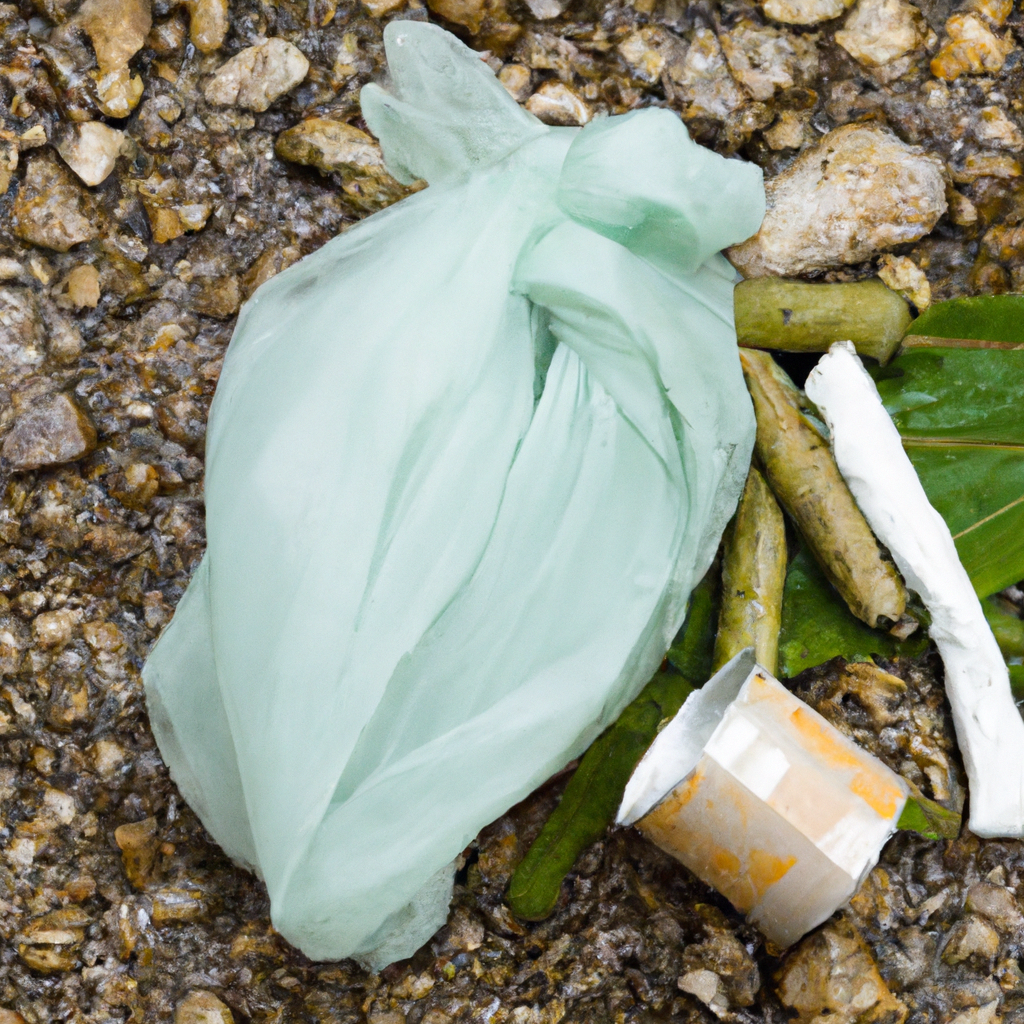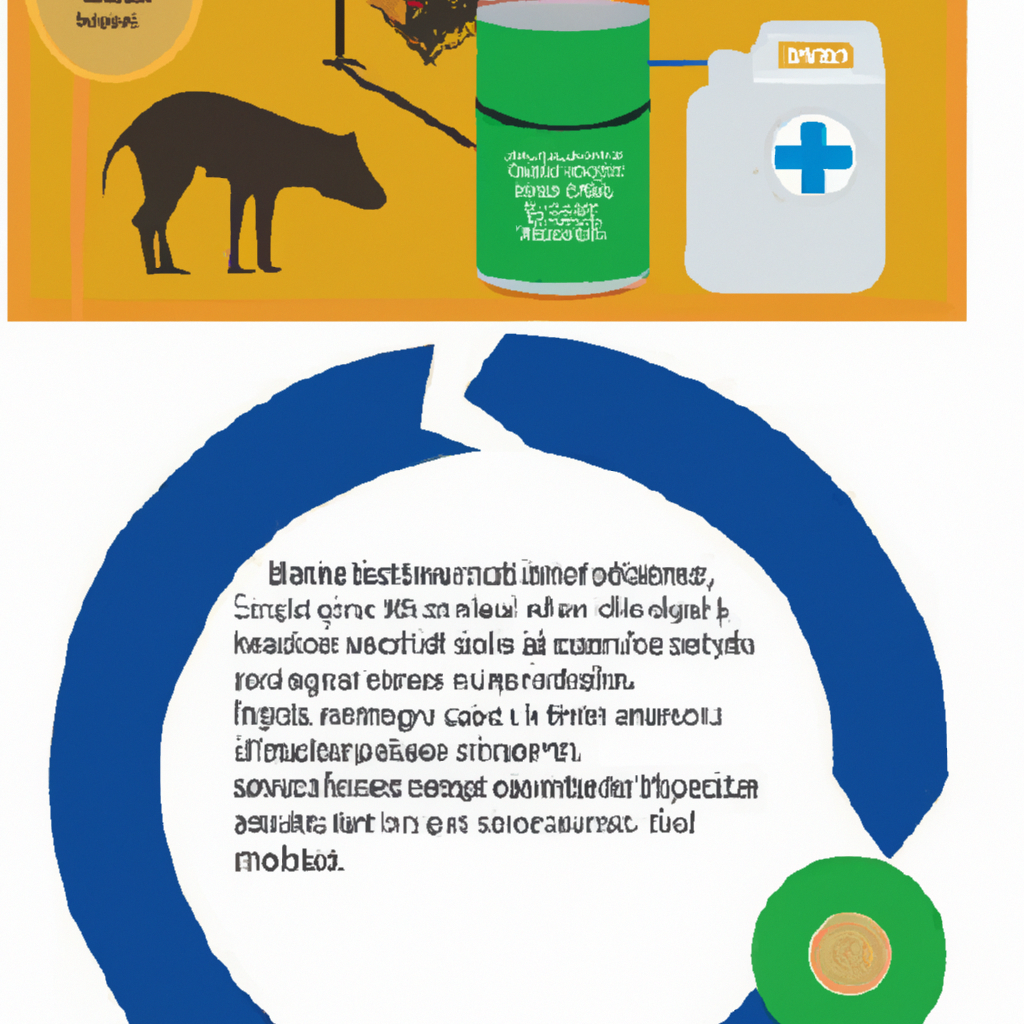Camping is a wonderful way to enjoy nature’s beauty and disconnect from the chaos of daily life, but amidst all the fun and adventure, it’s crucial to remember our responsibility towards the environment. One of the most important aspects of responsible camping is knowing how to properly dispose of human waste. In this article, we will explore the various methods and guidelines to ensure that our nature-loving escapades leave minimal impact on the environment. So, let’s discover the essential tips for addressing the sensitive issue of disposing of human waste while camping.

Choosing a campsite
When choosing a campsite, there are several factors to consider. First and foremost, you need to think about the distance from water sources. It’s important to camp close enough to a water source for convenience, but at a safe distance to prevent contamination. You don’t want your waste to accidentally end up in the water, so be mindful of this when selecting a campsite.
Another consideration is the distance from trails and other campsites. You want to camp far enough away from other campers for privacy, but not too far that it becomes difficult to access trails or amenities. Consider the level of solitude you desire and the accessibility you need when deciding on the ideal location for your campsite.
Know the regulations
Before embarking on your camping trip, take the time to research and familiarize yourself with the local regulations. Each campsite may have specific rules regarding waste disposal, and it’s crucial to adhere to these guidelines for the sake of environmental preservation and the enjoyment of all campers. Additionally, educate yourself on the principles of Leave No Trace (LNT), which provide a framework for responsible outdoor practices.
Using designated facilities
Designated facilities such as pit toilets or latrines can be advantageous for campers. These facilities are specifically built to handle human waste and are often more sanitary than digging a cathole. They are typically well-maintained and regularly cleaned, providing a convenient and comfortable option for waste disposal. Using these facilities can also minimize the risk of contamination and contribute to overall campground cleanliness.
However, it’s important to consider the potential disadvantages of designated facilities as well. In popular campsites, these facilities may become crowded or lack privacy. Moreover, during peak seasons, they might not be properly maintained, which could result in unpleasant conditions. It’s essential to be respectful of fellow campers and the rules concerning the usage of these facilities.

Digging a cathole
In situations where designated facilities are not available, digging a cathole can be a necessary and responsible way to dispose of human waste. There are a few key steps to follow when digging a cathole.
First, determine the appropriate time to dig a cathole. It should be done well before you need to use it, in order to minimize any risk of contamination.
Next, choose a suitable location for your cathole. It should be at least 200 feet (about 70 adult steps) away from water sources, trails, and campsites to prevent any possibility of contamination. Ideally, it should also be in an area with well-drained soil.
When digging the cathole, make sure it is about 6 to 8 inches deep and 4 to 6 inches in diameter. Use a small trowel or shovel to dig the hole and keep the edges clean. Dispose of the excavated soil away from the hole to avoid any potential contamination during the process.
Once you have finished using the cathole, it’s crucial to cover it properly. Use a small amount of soil to cover the waste completely, ensuring that no traces are visible. This helps prevent any odors, pests, or visual pollution. Remember to pack out your toilet paper or use biodegradable options and bury it along with the waste.
Pack out your waste
If digging a cathole is not practical or allowed in your camping area, packing out your waste is the next best option. Using waste bags specifically designed for this purpose can be a hygienic and convenient solution. These bags are typically made of heavy-duty, leak-proof material to contain the waste securely.
When packing out your waste, it’s crucial to choose a designated waste bag and follow the instructions provided. Double-bagging can provide an extra layer of protection against leaks or tears. Additionally, make sure to seal the bag tightly and store it in a durable container to prevent any accidental spills.
Once you have packed out your waste, it’s essential to dispose of it properly. Check the local regulations or inquire at the campsite office for specific instructions on where to dispose of the waste bags. They may have designated containers or services available for this purpose. Always be mindful not to leave waste bags behind or dispose of them in inappropriate areas.
Using portable toilets
Portable toilets, commonly known as “porta-potties,” are another option for waste disposal while camping. These self-contained units provide a convenient and sanitary way to manage human waste.
One of the advantages of portable toilets is their accessibility. They are often located in campgrounds or event areas, making them easily accessible to campers. Additionally, they tend to be cleaned and serviced regularly, maintaining a higher level of hygiene compared to other options.
However, there can be some disadvantages to using portable toilets. In crowded campgrounds or festivals, these facilities may become heavily used and may not always be in pristine condition. Moreover, the odor can sometimes be an issue, especially in warmer weather. It’s important to follow proper usage guidelines and consider the needs of others when utilizing portable toilets.
Chemical toilets and waste treatment products
Chemical toilets are a type of portable toilet that uses chemicals to control odors and break down waste. These toilets are often found in RVs, boats, or other recreational vehicles. If you’re using a chemical toilet while camping, there are a few key factors to consider.
First, it’s important to understand how chemical toilets work. They typically contain a holding tank for waste and a separate tank for chemicals, which help break down the waste and minimize odors. Familiarize yourself with the specific instructions and chemicals recommended by the manufacturer to ensure proper usage.
Choosing appropriate waste treatment products is crucial for the effectiveness of chemical toilets. These products are specifically designed to assist in the breakdown of waste and control odors. Read the labels and follow the instructions to choose the appropriate products for your chemical toilet.
When it’s time to dispose of the treated waste, it’s important to follow the local regulations and guidelines. Some campgrounds or RV parks may have designated dump stations where you can safely empty your chemical toilet. Do not dispose of the waste in regular trash bins or sanitary sewers, as this can cause environmental damage.
Avoid contaminating water sources
Maintaining water source hygiene is crucial for both your health and the environment. Improper waste disposal can contaminate rivers, streams, or lakes, posing risks to wildlife, other campers, and even yourself if you rely on these water sources for drinking or bathing.
To avoid contaminating water sources, it’s vital to follow proper waste disposal methods. Whether you’re using designated facilities, digging a cathole, or packing out your waste, always ensure that you are at a safe distance from water sources. Consider both the immediate location and the topography of the area to prevent any accidental contamination.
Additionally, practice Leave No Trace principles by minimizing any impact on the surrounding environment. Be mindful of your waste and dispose of it responsibly to protect the water sources for future generations of campers and wildlife.
Using composting toilets
Composting toilets are an eco-friendly alternative for waste disposal while camping. These toilets use natural decomposition processes to break down waste into usable compost. If you’re considering using a composting toilet, here are a few key points to keep in mind.
It’s important to understand how composting toilets work. These innovative systems typically separate liquid waste from solid waste and utilize natural processes, such as aerobic decomposition, to transform the waste into compost. Some composting toilets require manual mixing or the addition of specific materials to facilitate the composting process.
Maintenance and management of composting toilets are necessary for their proper functioning. Regularly emptying the liquid waste container and monitoring the decomposition process are essential tasks. Educate yourself on the specific requirements of your composting toilet to ensure optimal performance and prevent any potential issues.
Composting toilets offer a sustainable and environmentally friendly way to manage human waste, particularly in areas where conventional toilet facilities are unavailable or impractical. By using composting toilets, you can significantly reduce your ecological footprint and contribute to the preservation of natural ecosystems.
Fire and waste disposal
When camping, it’s important to handle burnable waste properly to prevent any hazards or negative impacts on the environment. Here are some precautions and guidelines to follow:
First and foremost, be aware of the rules and regulations regarding fires and waste disposal in your camping area. Some campsites strictly prohibit open fires, while others have designated fire pits or grills. Always adhere to these guidelines to ensure your safety and protect the environment.
When it comes to burnable waste, exercise caution and use common sense. Only burn materials that are safe to burn, such as dry paper products or untreated wood. Avoid burning plastic, foil, or other non-combustible materials, as they can release toxic fumes or leave behind harmful residues.
If you have burnable waste that is not suitable for open fires, consider alternative methods such as using a portable incinerator or packing out the waste. Remember to research and abide by the specific regulations in your camping area.
Lastly, always prioritize safety when dealing with fire and waste disposal. Keep a safe distance from open flames, ensure fires are completely extinguished before leaving them unattended, and never dispose of waste in a manner that can lead to accidental fires or harm to yourself and others.
By following these guidelines, you can enjoy the warmth and comfort of a campfire while minimizing your impact on the environment and promoting a safer camping experience.

